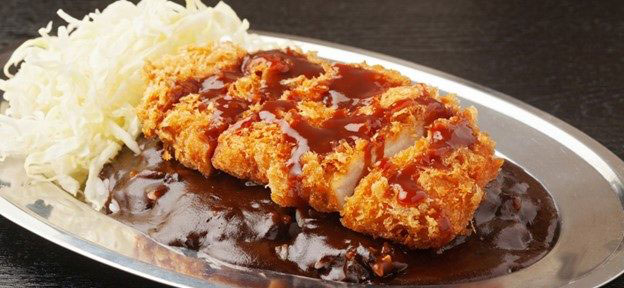Tag: curry

B-kyu Gurume: Kanazawa Curry from Kanazawa, Ishikawa
Read more: B-kyu Gurume: Kanazawa Curry from Kanazawa, IshikawaCurry in Japan vs Kanazawa Curry Curry in Japan is widely considered as…

Foreign Foods in Japan –
Japanese Curry!Read more: Foreign Foods in Japan –“It seems that everyone in Japan loves curry.” These words from Tadashi Ono and Harris…
Japanese Curry!Passport to Yum – Zojirushi’s Favorite International Rice Recipes
Read more: Passport to Yum – Zojirushi’s Favorite International Rice RecipesHave you made perfectly delicious rice yet? Now that you know all about rice, we…
Japanese Street Food: Korokke!
Read more: Japanese Street Food: Korokke!Warning: korokke is addictive! If you’ve never had this Japanese dish, you’re in for a…
